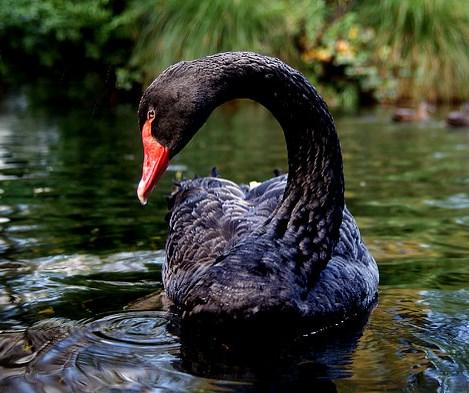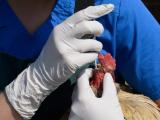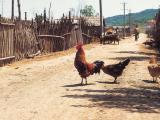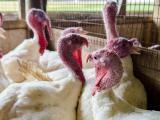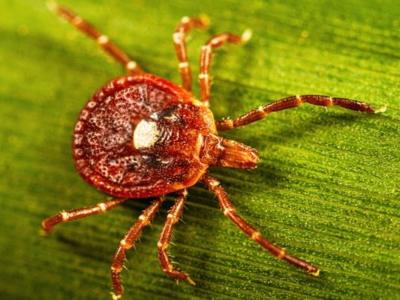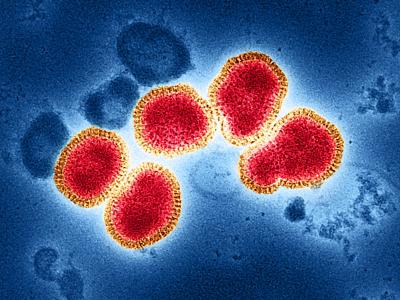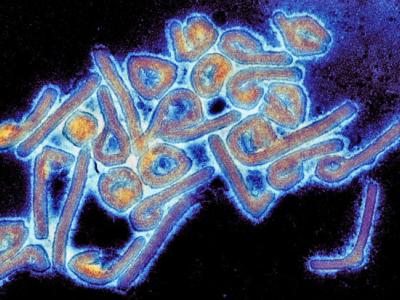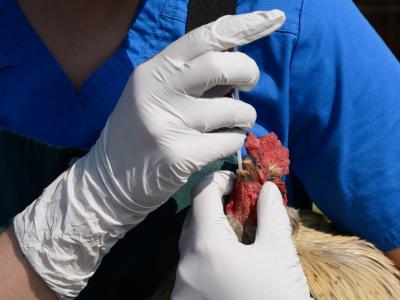The World Organization for Animal Health (OIE) said yesterday that Europeans should expect more avian flu this season, adding that highly pathogenic avian influenza (HPAI) strains are also apt to appear in America.
In an interview with Reuters, Matthew Stone, BVSc MVS, deputy director general of the OIE, said the level of exposure in wild birds is indicative of high avian flu activity.
In the last few weeks eight European countries, in addition to India and Israel, have reported outbreaks of H5N8, a strain that can infect waterfowl, other migratory birds, and poultry. Though the risk to human health is considered low, mutation or reassortment with other strains of influenza could make H5N8 dangerous and potentially lethal.
Stone also said the OIE's main concern is domestic poultry that could be exposed to HPAI by wild birds. In 2014, thousands of poultry in Europe were destroyed by avian influenza, and earlier this year an outbreak in France decimated the foie gras industry.
"From the level of exposure that we have seen to date I would expected more detections, hopefully only in wild birds but it is certainly possible that the presence of this virus in wild birds will create an opportunity for exposure in domestic poultry," Stone told Reuters.
While the United States is at risk, Stone said a large-scale outbreak is unlikely due to enhanced biosecurity measures. The country experienced widespread outbreaks of primarily HPAI H5N8 last year.
H5N8 activity in Poland, Germany
Today the OIE also released reports on H5N8 outbreaks in Poland and Germany that were earlier reported in the media.
In Germany two outbreaks in the northern part of the country have killed 3,000 breeding chickens and resulted in the culling of 33,000 chickens on one farm and killed 32 poultry on another property housing 58 poultry (45 hens and 13 ducks), with the remainder destroyed to prevent disease spread.
The chickens were on a farm in Twedt (near Denmark), while the hens and ducks were on a farm in Mesekehagen, which is on the Baltic Sea.
Another follow-up OIE report details a Polish outbreak of H5N8, the first of its kind in that country. One gull was found dead from laboratory-confirmed H5N8 in Swinoujscie, a coastal town on the German border.
Avian flu in Asia
Finally today, Avian Flu Diary, an infectious disease blog, shared two translated stories from Japan and South Korea about possible H5N8 and H5N6 in those countries.
Two Japanese Prefectures(Akita and Hokkaido) are reporting the death of a whooping swan and black swan due to laboratory-confirmed avian flu. The subtype has not yet been determined, according to translated press releases.
Last week, South Korea reported H5N6 in bird excrement, and today officials there are reporting the detection of the virus in wild birds tested along the Mankyung River. A second report translated from the Ministry of Agriculture, Forestry, Livestock and Livestock Foods said that HPAI has been reported at breeding farms (rearing size, 40,000) in Haenam county, Chonnam province. The subtype has yet to be confirmed.
Like Europe, Asia was hit hard with H5N8 in 2014.
See also:
Nov 15 Reuters story
Nov 16 OIE Germany report
Nov 16 OIE Poland report
Nov 16 Avian Flu Diary Japan post
Nov 16 Avian Flu Diary South Korea post
